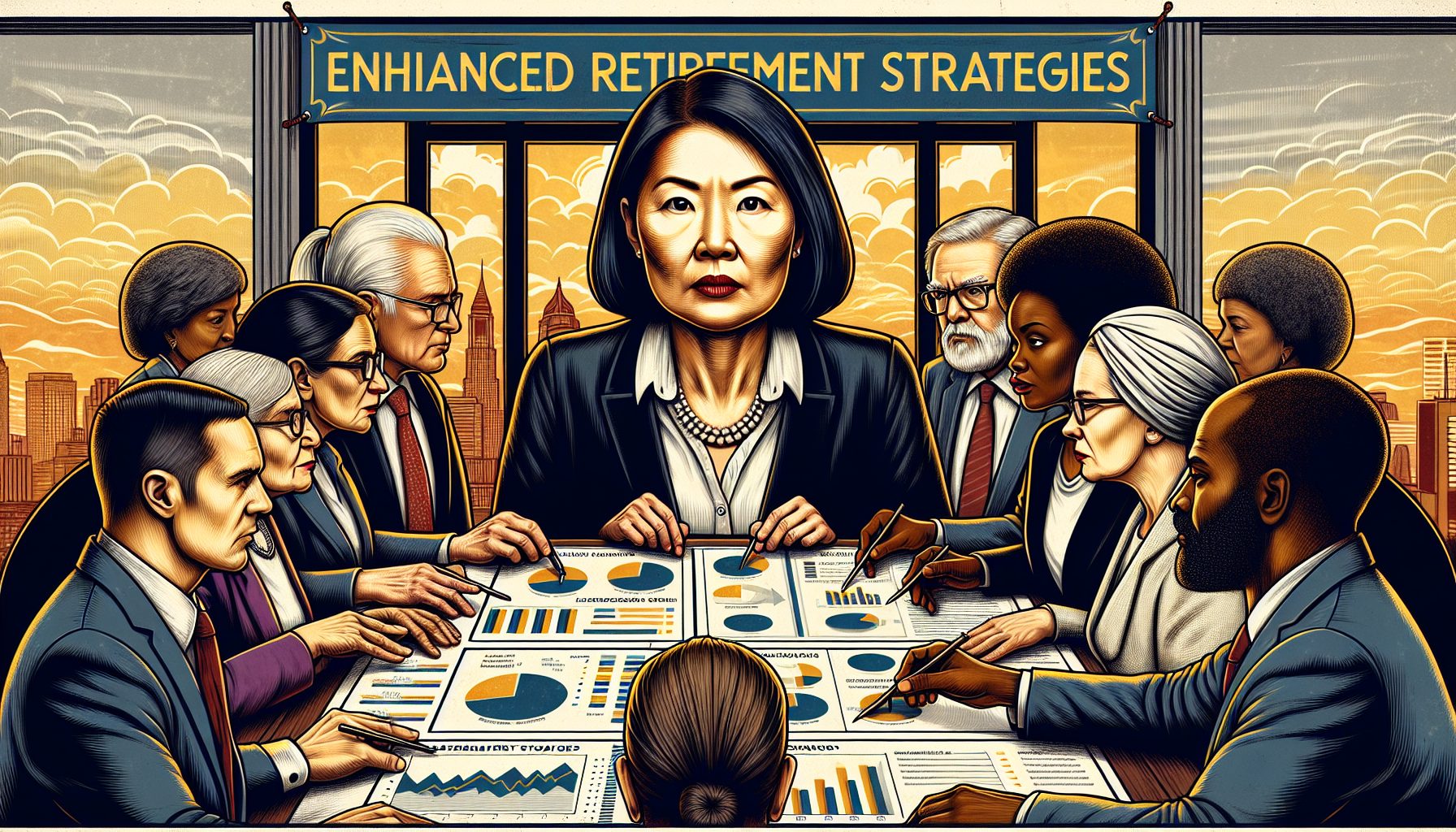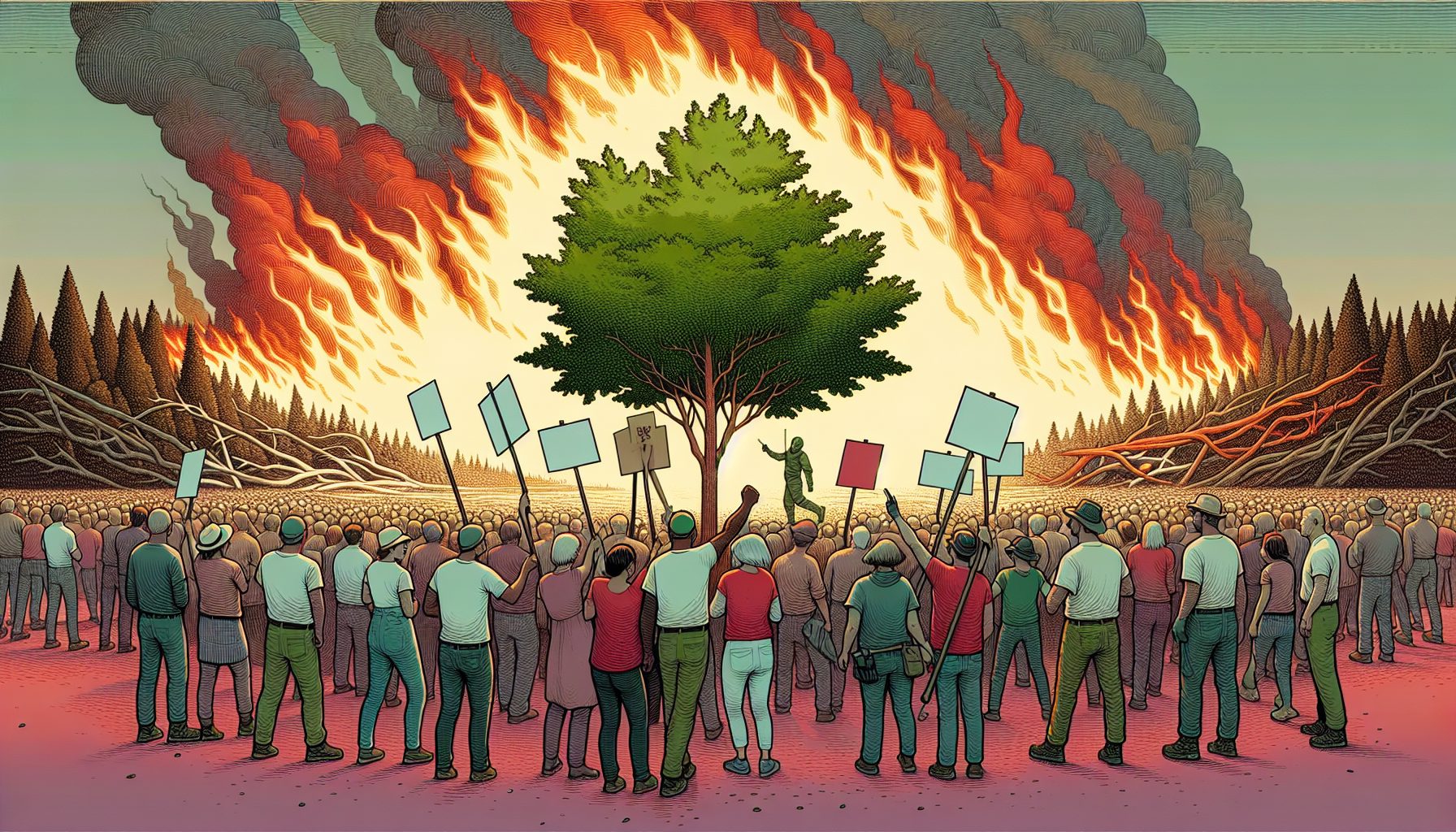Application renewal is IT?s ugly ducking. After all, it?s counterintuitive to the mindset of an industry that has been replete with new products and upgrades.
Despite that, application renewal has become an increasingly attractive option to many CIOs. Forrester Research reports that the volume of client interest in vendors that offer wholesale improvements to legacy applications has increased an estimated 25 percent.
Application renewal has grown dramatically in direct response to the need for IT management to attack problem areas. They want to know, ?How do I do more with what I have, and what do I do with my application base??
It?s not that old is good and new is bad. Rather, application renewal is about taking an application, harvesting its value and extending its useful life.
Companies seek application renewal for three primary reasons:
- They have a cost problem and need to take cost out of their IT infrastructure.
- They have a risk problem: Something has gone ?end of life,? or they are losing people who understand the application.
- They have an agility problem with an application that needs to do more but can?t. Replacing it won?t work because it?s either too expensive or there?s no other option.
There can be a time?or a situation?when a mainframe may no longer fit a company?s needs. But there should be business drivers for making that decision. We help our clients solve that dilemma by taking a fact-based approach. When it comes down to it, they really need to let the code do the talking.
According to a Gartner report, in 2006, 7 billion lines of COBOL code were written?a large number for a language that is supposedly dead.
Take the example of the CIO of a large Midwest company, who was convinced he needed to shut down his mainframe because of cost and age. We asked whether he had any financial data about the company?s application portfolio. We wrote down the names of the billing systems and the percentage of revenue they drove. We wrote down how many FDEs (full-day equivalents) they had supporting each of these, along with the payroll and nonpayroll costs (maintenance, licensing, etc.).
It soon became clear that the mainframe was the best thing that CIO had going. It was driving 65 percent of his revenue, and it was comparatively inexpensive to operate.
That?s why companies need to look at their legacy application in terms of its:
- Functional health: Is it doing what it?s supposed to do?
Technical health: Is the platform healthy?
Financial health: What is it costing?
Addressing Different Scenarios
CIOs should think about application renewal when faced with any of the following scenarios:
- The deadline for conforming with the latest regulatory changes in the industry is rapidly approaching. Have appropriate plans been made to change your legacy applications?
- Costs for maintaining existing hardware, software or the database platform have escalated. What impact will that have on your organization once these costs become unsustainable?
- The platform is nearing the end of its life, and the chief technician who operates your legacy systems is preparing to retire. Is there a contingency plan in place?
- Application maintenance continues to absorb more resources. Have you underestimated the required testing needed to maintain efficient operations?
Application renewal methodology typically supports a two-part process, which begins with an analysis of the application portfolio. The ?renew? phase follows and may take the project through any of these likely approaches:
Replatforming: The existing application is migrated to a new platform.
Remediating: This resolves issues with the application code without changing functionality. It may mean removing dead code or restructuring it to be compatible with service-oriented architecture.
Consolidating: This combines applications and/or platforms that are performing similar or repetitive functions.
Replacing: IT substitutes a new custom or packaged application for the existing application and platform.
Enhancing: This addresses the technical or functional health of the application through an extension to or enhancement of an existing architecture.
It can be very risky to break down the mainframe application that does your core business processing without evaluating all the facts. The reason many of these legacy applications have been around for 30 years is that they work, and, in many cases, the fundamental core of what they do hasn?t changed.
John Stefanchik is an application renewal practice leader at Accenture, a New York-based management consulting and technology services firm.








